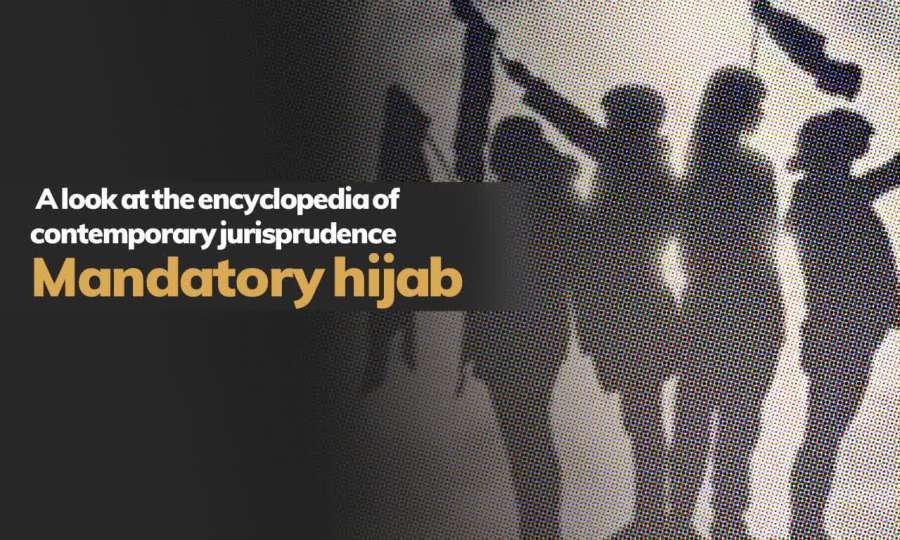The mandatory hijab, meaning the legal obligation of women to maintain hijab by the Islamic government, is one of the most challenging topics in jurisprudence. The main questions in this discussion are: Can the government oblige women to observe hijab? What are the jurisprudential reasons for or against the requirement of hijab?
One of the entries that was recently published by “Muh. Mahdi Emadi” in the Encyclopaedia of Contemporary Jurisprudence is the entry “Mandatory Hijab”.
In stating the issue of this article, it is stated that the obligation of covering for women and men in front of non-mahram is one of the issues that Shi’ah and Sunni jurists agree on. On the other hand, some dispute the principle of the obligation to cover the head and hair, or Khadsheh. In the primary evidence, they reject the obligation of the hijab, implying the mandatory hijab, or insisting on secondary titles. Others consider hijab as an individual issue, and according to some opponents, there is no clear reference to the issue of the obligation of hijab in the Qur’an. With the development of the circle of issues such as privacy protection, the relationship between sovereignty and citizen rights, the responsibilities of the Islamic government in the modern era. The position of this issue in the field of contemporary jurisprudence has become clearer by looking into the texts of punishments and commanding good and forbidding evil.
In the entry, the viewpoints and reasons of the “supporters” and “opponents” of the idea of compulsory hijab have been examined, and finally, the study sources of this debate have been introduced.
In this entry, the author used the views of late and early Shi’ah jurists and was able to gather a good collection of jurists’ opinions.

